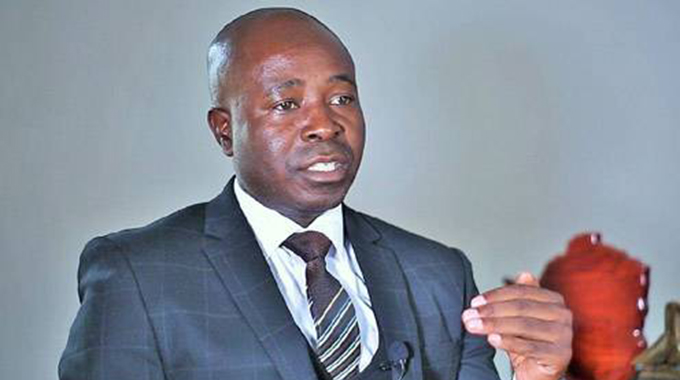Editorial Comment: We can produce our way out of inflation

The sources of the present bout of hyperinflation are many, but at the core is the fact that most consumer goods are either imported or are just packed locally, using imported packaging, or use imported raw materials.
We simply do not produce enough ourselves, so we consume other people’s products instead, something pinpointed by president of the Confederation of Zimbabwe Industries Denford Mutashu in his critique of the economy.
This high level of imported materials, or imported goods for final packaging, or imported finished goods drains our foreign currency.
Those who earn the currency are, not unnaturally, seeking the best possible price for that currency, and with two exchange rates, a grossly unequal distribution of local dollars, and the fear that a business might go under if it does not track the US dollar rate adds up to feed-back mechanism that tends to drive the black market rate, rather than subdue it.
The Reserve Bank of Zimbabwe (RBZ) is fighting back, clamping down on the liquidity driving the black market and now pushing forward plans to start currency auctions once again. This will help, but will not be the long-term solution.
The best way forward is for us to produce, and produce our way back into the sun.
We can look at our past. There was a time when all school uniforms and work clothes were made in Zimbabwe from cotton fabrics woven in Zimbabwe from cotton thread spun in Zimbabwe from cotton lint ginned in Zimbabwe from cotton grown in Zimbabwe. And the wheels came off and almost all our textiles are now imported.
There are now plans in advance stages to rebuild that whole chain, but there are still too many legal hiccups and not enough clear road.
We used to be self-sufficient in cooking oil, using more cotton seed and sunflower and less soya bean than we do now, but farmers produced all three raw materials in adequate quantities. Land reform was not a problem.
Cotton seed and sunflower were mainly grown in the communal lands in the first place, and soya is a crop that was a common choice for a rotation programme with tobacco, and look at how that industry has resurrected itself.
Oil seed producers need to start using the same farmers for their contracts.
Successive droughts slashed maize output, and we have never grown enough wheat. Part of the problem was corruption in inputs, part of lack of finance, part was simply inadequate pressure.
We have been building dams; we have irrigation facilities, but this winter is the first time we have been trying to maximise wheat production.
We presume next summer maize will also come under scrutiny. So we have hope. Close to the heart of newspaper managers is newsprint, all now imported, but for half a century, from around 1960 to the start of dollarisation, we made our own.
There were some quality problems, mainly arising from the thick fibres fast growing trees in the tropics produce, but these were being sorted out before the whole industry collapsed, in favour of imports.
Fertiliser used to use largely Zimbabwean raw materials, from phosphates mined in the country to ammonia made by a curious process in the Midlands.
That has all gone. We used to have a steel mill, admittedly without the plate rolling addition that was required, but still producing a modest range of products. That has gone.
Even in advanced manufacturing there used to be far higher local content. Almost all motor vehicles were assembled in Zimbabwe, but a growing number of components, such as seats, silencers and radiators were made locally.
And those responsible for importing the kits were leant on to bring in fuel efficient cars to keep demand for petrol and diesel within limits.
Admittedly past of this growing industrial base was kick-started by the central planning that followed UDI, and had the weakness of not paying much attention to replacing equipment or recapitalising, but some of the ideas were good and we could do better now.
Part of the problems arose from the corruption of the First Republic, and that seems far worse than we believed as efficient investigations unearth how companies were looted before closing and whole industries almost wiped out by those who wanted to grow rich by stealing.
That is being sorted out and by the time a few dozen really prominent corrupt kings and queens have gone behind bars there will be few repeats.
The Covid-19 pandemic has, interestingly, shown the Government that Zimbabweans and in particular Zimbabwean industry has capacity to solve problems.
lot of the required products from drugs to protective clothing are being made locally, as long-shut production lines in the pharmaceutical sector are dusted down and put into action and the remnants of our garment industry put their machinery back to full-time work.
There is more that could be done with a general meeting of minds between Government, the private sector and in particular the manufacturing sector, the mines and the farmers.
We did a lot more in the past than just stick our labels on imported stuff. We grew it, made it from metals we mined, and then produced ever wider ranges of products.
Exporting more is important, but slashing imports counts as much and the double strategy can sort out so many of our fundamental structural problems, and at the same time create those hundreds of thousands of jobs we need if all Zimbabweans are to have their place in the sun.











Comments